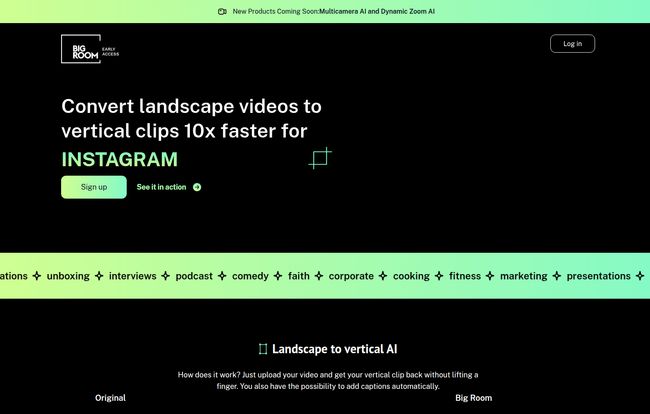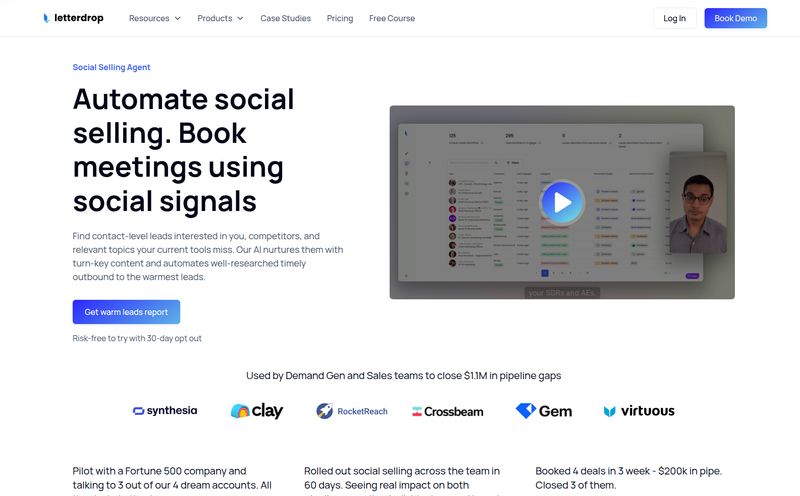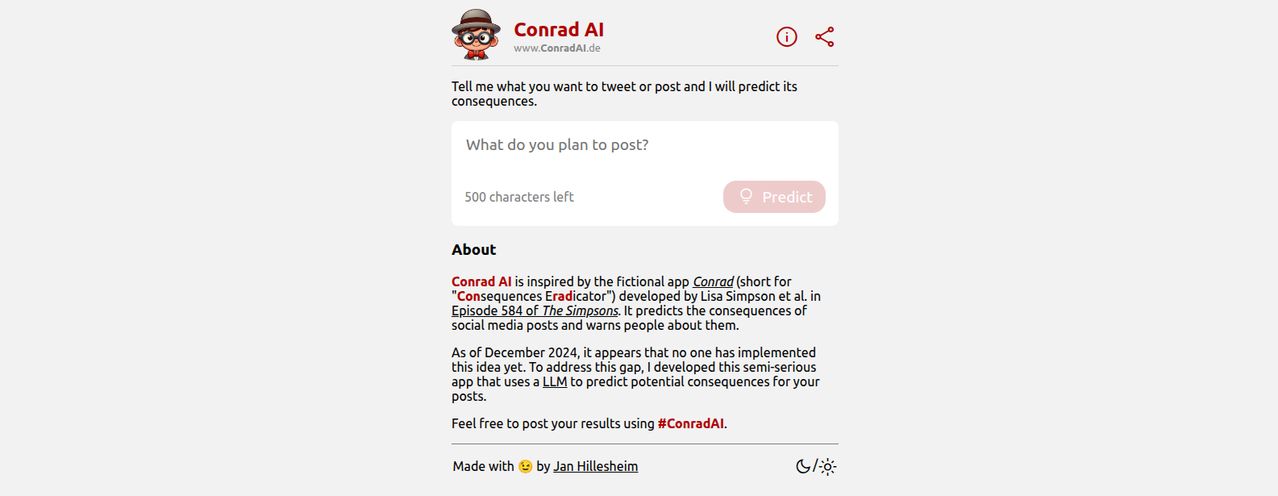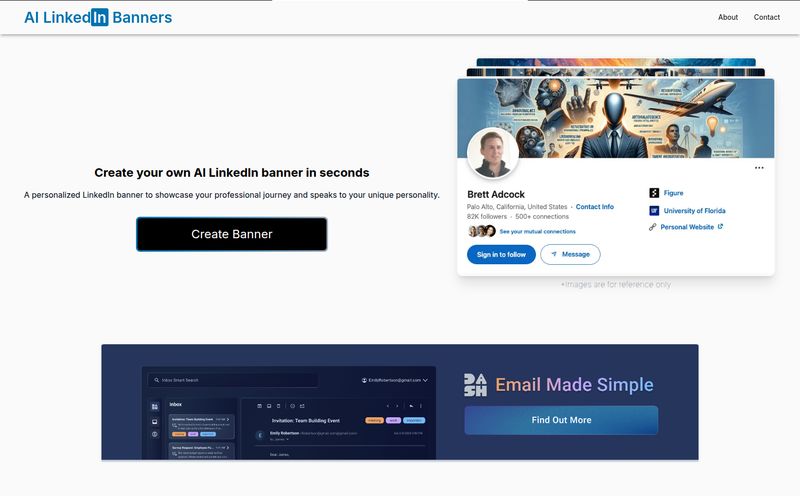If you're a content creator, you've been there. You've just finished editing a fantastic, cinematic, 16:9 masterpiece for YouTube. You're proud of it. Your composition is perfect, the lighting is chef's kiss, and you're ready for the views to roll in. Then, the dread sets in. You have to chop it up for TikTok, Reels, and Shorts.
Suddenly, your beautiful wide shot becomes a frustrating puzzle. Who do you crop out of the interview? How do you follow the action in that product demo? You spend the next two hours in Premiere Pro, wrestling with keyframes, trying to manually reframe every single clip. It's tedious. It's soul-crushing. And frankly, it’s a colossal waste of time.
I’ve lost entire afternoons to this process, fueled by coffee and regret. So when I heard about a tool called Big Room AI that promised to do it all for me, my interest was definitely piqued. An AI that turns landscape video into engaging vertical clips, 10x faster? Sounds like a dream. But as we know in the world of SEO and marketing tech, not all that glitters is gold. So, I decided to take a closer look.

Visit Big Room AI
So, What is Big Room AI Anyway?
At its core, Big Room AI is a web-based tool designed for one specific, yet massive, pain point: turning your horizontal videos into vertical content. It’s built for the social media age, where platforms like TikTok, Instagram Reels and YouTube Shorts dominate the attention economy. You upload your long-form video—think podcasts, interviews, corporate presentations, even cooking videos—and its AI gets to work. It's not just a simple center-crop, which almost never works. Instead, it promises to intelligently analyze your footage and create something that feels native to vertical platforms.
How Does It Actually Work? The AI Magic Explained
This isn't just some glorified cropping tool. The landing page throws around terms like 'Multicamera AI' and 'Dynamic Zoom AI', which sounds impressive. But what does that mean in practice? From what I've gathered, the process is built on a few clever bits of technology.
Automatic Reframing and Subject Tracking
The main event is the AI's ability to identify what's important in the shot. If you have a person talking, the AI is supposed to detect their face and keep them perfectly framed, even if they move around. This is the part that eats up all that time when you do it manually. The AI essentially creates those keyframes for you. In a two-person podcast, it can even cut between the speakers, mimicking a live production switcher. It’s like having a robot intern who does 90% of the grunt work... but you probably still need to check their homework.
Cinematic Edits and Dynamic Zoom
Another thing Big Room AI claims to do is add 'cinematic edits.' This is a bit more subjective, but it seems to refer to things like the Dynamic Zoom feature. Imagine a slow, subtle push-in on a speaker to add emphasis during a key point. Or a smooth pan to follow a product being unboxed. These are the little touches that can make a simple clip feel more polished and professional. Doing this manually isn't hard, but doing it for dozens of clips is another story entirely. Automating this could be a huge time-saver for social media managers and video agencies.
Who Is This Tool Really For?
While any creator could probably find a use for it, some groups will benefit more than others. The site showcases some heavy hitters using the platform, like First We Feast (of the legendary Hot Ones series), Good Mythical Morning, and The Try Guys. That tells you a lot.
This tool is practically built for:
- Podcasters: Turning a one-hour video podcast into 15-20 engaging social clips is the holy grail of content repurposing.
- YouTubers: Every long-form video is a goldmine of potential Shorts. Big Room helps you mine it without losing your sanity.
- Marketing Agencies: If you're managing social media for multiple clients, the time savings here could directly translate to higher profit margins.
- Corporate & Educational Creators: Got a long webinar or training session? This is an easy way to pull out the key takeaways for platforms like LinkedIn.
My Honest Take: The Good, The Bad, and The AI
Alright, let's get down to it. Is Big Room AI the perfect solution we've all been waiting for? Well, it's complicated. As with any tool, there are definite high points and some things to keep in mind.
The Big Wins
The most obvious advantage is speed. The claim of being '10x faster' might be marketing speak, but it's not far from the truth when you compare it to a fully manual workflow. For creators who pump out a high volume of content, this is a massive deal. The ability to batch-process clips and just get them done is a game changer. The multicamera detection is also genuinely impressive. Manually cutting between two speakers in a vertical frame is one of the most annoying editing tasks there is, and having an AI handle that initial pass is fantastic.
The Reality Check
But let's not get carried away. The biggest drawback is the same one that plagues all AI tools: it's not perfect. The AI might occasionally lose track of a subject or make an awkward cut. You can't just blindly trust its output and post it without a quick review. I've always believed that AI should be a co-pilot, not the pilot, and that holds true here. There may also be limitations on customization. If you're a video editor who obsesses over every single frame and transition, you might find an automated tool like this a bit restrictive. You're trading some creative control for a whole lot of speed. And, of course, being a web-based tool, you're at the mercy of your internet connection for uploads and processing.
Let's Talk Money: Big Room AI Pricing
This is the million-dollar question... or hopefully, a lot less. At the time of writing this, Big Room AI doesn't have a public pricing page. This is pretty common for new B2B SaaS tools that are targeting both individual creators and larger enterprise clients. They often use a demo-based or quote-based model.
My advice? Don't let the lack of a public price tag scare you off. If the problems I've described resonate with you, it's worth reaching out to them through their 'See it in action' button. Pricing for these kinds of services can change rapidly, so checking directly is always the best move. Just be prepared to discuss your specific needs, like how many minutes of video you need to process per month.
Frequently Asked Questions About Big Room AI
I saw a few common questions on their site and thought I'd tackle them here, along with a couple of my own.
- How much does Big Room AI cost?
- As mentioned, pricing isn't public. You'll likely need to sign up or request a demo to get a custom quote based on your usage.
- Will I still be able to retain full rights to the content when I upload?
- According to their FAQ, yes. You retain all rights to your original content and the clips generated. This is a standard and crucial policy, so it's good to see it confirmed.
- Do you have a mobile app?
- Currently, it appears to be a web browser tool. This makes sense, as you're typically uploading larger video files from a desktop computer.
- What is Big Room's secret sauce?
- Their site playfully asks this. My guess? It's a potent combination of computer vision models for object/face detection, predictive algorithms for motion tracking, and some clever logic for simulating camera cuts. It's not magic, just some very focused and well-trained machine learning.
- Is this better than Premiere Pro's Auto Reframe or CapCut?
- It's different. Premiere's Auto Reframe is a great feature but can still require a lot of tweaking within a complex software environment. CapCut is fantastic for mobile-first editing. Big Room AI seems to be focused on doing one thing—bulk repurposing—extremely well and with minimal fuss. It's for the person who wants the clips done, not the person who wants to spend an hour fine-tuning them.
So, Is Big Room AI the Future of Content Repurposing?
Look, I'm an SEO guy. I see the traffic and engagement that vertical video drives every single day. The pressure on creators to be on all platforms at once is immense. A tool like Big Room AI doesn't just save time; it lowers the barrier to entry for a content strategy that we all know works.
It's not going to put video editors out of a job. It's a power tool, not a replacement for a skilled craftsman. But for YouTubers, podcasters, and marketers drowning in landscape footage, it’s a lifeline. It automates the most boring part of the job, freeing you up to focus on what really matters: creating great content in the first place. And for that reason alone, I think it's something worth keeping a very close eye on. It’s a definite step in the right direction, and I’m excited to see how it develops.



